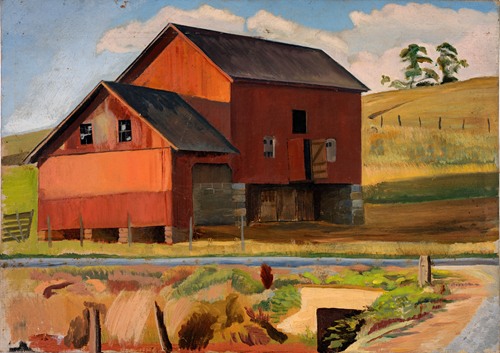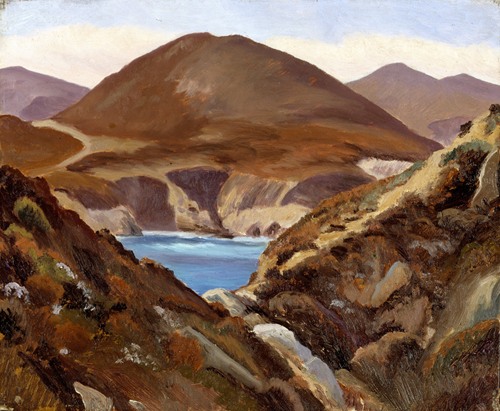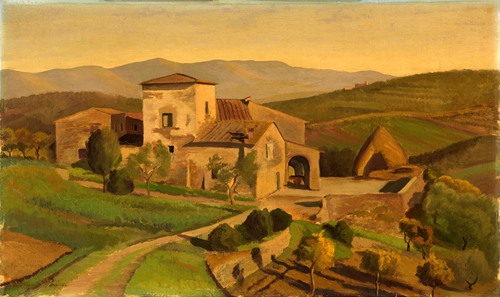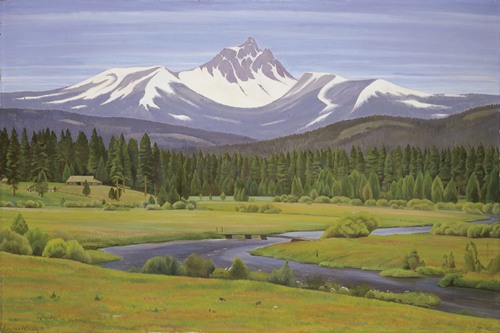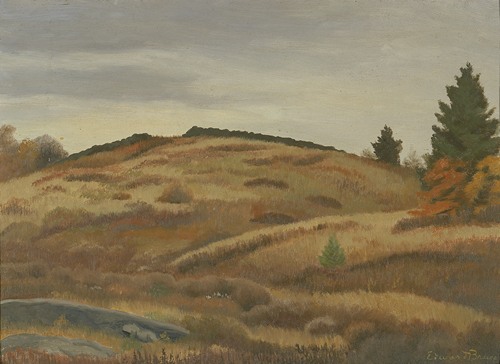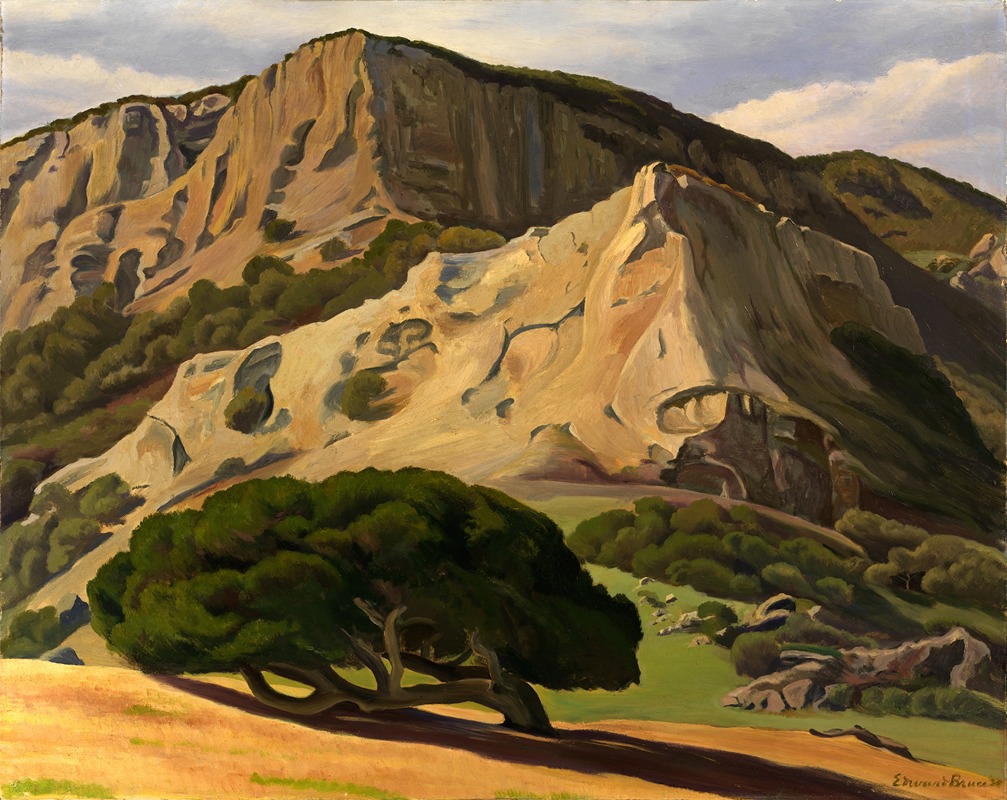
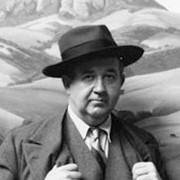
Edward Bright Bruce was the director of the Public Works of Art Project (PWAP), the Section of Painting and Sculpture and the Treasury Relief Art Project, New Deal relief efforts that provided work for artists in the United States during the Great Depression. Ned Bruce was a successful lawyer and entrepreneur before giving up his career altogether at the age of 43 to become an artist. However, like most artists during the Depression, he found it impossible to make a living making art, and grudgingly returned to business in 1932 as a lobbyist in Washington for the Calamba Sugar Estate of San Francisco. In 1933, President Franklin D. Roosevelt received a letter from the American painter George Biddle, who suggested a New Deal program that would hire artists to paint murals in federal office buildings. Roosevelt was intrigued by the idea, and brought the idea to the United States Treasury Department, which oversaw all construction of federal buildings. Bruce had by that time made some connections in Washington, and he was asked to help organize the effort. By the end of 1943, all of the New Deal art programs had been shut down following Bruce's death.
Edward Bright Bruce was born in Dover Plains, New York, on April 13, 1879, the son of a Baptist minister. He began painting at the age of 14. He graduated from Columbia Law School in 1904 with high honors. He began practicing law in New York City and Manila, Philippines with a prestigious firm, Bruce, Lawrence, Ross and Black. While working in Manila, he bought The Manila Times, a popular daily newspaper. In 1915 he changed his focus to banking and trade throughout China and the Far East with a company he created, the Pacific Development Corporation.
Throughout this time Bruce continued painting and collecting art, particularly Chinese art. In 1922 he ended his career as a businessman and moved to Italy to study art with the American painter and sculptor Maurice Sterne. He moved to California in 1929 because of the oppressive Fascist conditions. His landscapes, which were heavily influenced by the Chinese works in his collection, were featured in a number of solo shows with excellent reviews in Paris, New York, and San Francisco.
Despite his acclaim as an artist, Bruce was unable to sell any artwork after the start of the Depression, and returned to a career in business. In the winter of 1932 he came to Washington to lobby on behalf of the Calamba Sugar Company, which had interests in the Philippines. During this time, he cultivated good relations with Washington bureaucrats, and his reputation as an artist got him recommended for work on the newly conceived New Deal arts initiative.
In late 1933, Bruce was appointed to the United States Department of the Treasury as administrator of the first federally supported arts program, the Public Works of Art Project. He was given the task of organizing the project and providing work for thousands of unemployed artists throughout the country. He formulated a plan with a committee of museum directors and community leaders. The project would employ artists to create murals and sculptures for public buildings depicting nationalistic scenes of the New Deal. In its six months of existence, the Public Works of Art Project employed about 3,700 artists, spending about $1,312,000.
On October 16, 1934, the Treasury Department created the Section of Painting and Sculpture under Bruce's leadership. Bruce served on the U.S. Commission of Fine Arts from 1940 to 1943.
In 1935, Bruce was elected into the National Academy of Design as an associate member.
Bruce died January 26, 1943, in Hollywood, Florida, after a brief illness.

